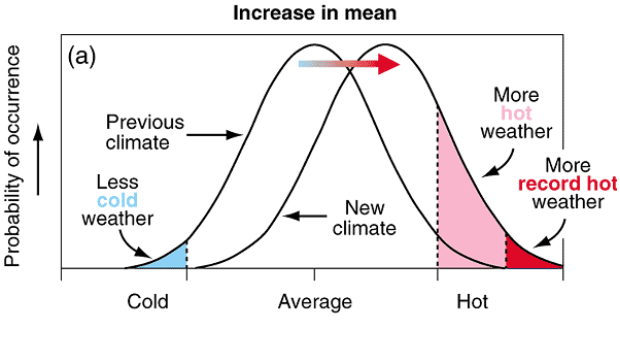A Farewell to Ice: A Report from the Arctic
by Peter Wadhams
by Peter Wadhams
Please use this thread to discuss Ch. 8: The accelerating effects of Arctic feedbacks.
In total there is 1 user online :: 0 registered, 0 hidden and 1 guest (based on users active over the past 60 minutes)
Most users ever online was 813 on Mon Apr 15, 2024 11:52 pm









Thanks very much Taylor. This is important material for the future of human existence on this planet, and it is a shame that people find it so hard to engage on.Taylor wrote:Hey mateThanks for chugging along with this current read.
\
Quote: ‘the confusing thing means more water vapor means more clouds, and cloudy days are usually cooler, due to shade, but the overall effect of water is to increase warming’
In my earlier post on the Greenhouse Effect thread I included a diagram which shows how the escape of heat from the top of the atmosphere is affected by various greenhouse gases - https://www.booktalk.org/post173622.html#p173622 As Wadhams explains, when scientists several centuries ago started to research this, they were mystified to find that oxygen and nitrogen did not trap any heat. They knew these gases are 99% of the air, and they could not imagine at first that the remaining 1% does all the heat trapping to make us warmer than the moon. It is only the tiny gases like CO2, methane and water vapour that stop heat escaping to space, functioning like a blanket. That is a complex function of the physics of the molecules, but quite easy to prove with basic physics.Taylor wrote: When I read this line it reminds me of what happens here on the South West Florida coastal islands. During our winter months we get these cold humid days. The humidity comes when we get winds coming off the Gulf. Typically during winters we get dryer winds coming down from the north over the peninsula which is dryer. Air pressure is also comes into play when combined with the humidity, this is the dew point.
Scientists have calculated that the earth system always moves toward an equilibrium between temperature and chemistry. However, the suddenness in geological terms of the current shift away from equilibrium means that there is debate over what the equilibrium temperature is for the current atmospheric load of GHGs, and over how long it might take. The likely equilibrium temperature, based on climate sensitivity, is about 4°C above the Holocene average, but Wadhams explains that it might be more than 7°C, according to a paper titled Sensitivity and the Carbon Budget.Taylor wrote: warming conditions beget more warming conditions. The relationship of air, sea and land, they feed each other and when their inclination is towards higher temperatures that’s the direction they’re going to move.








